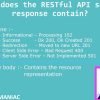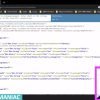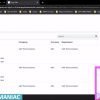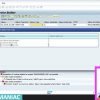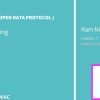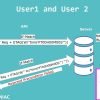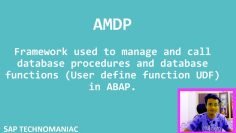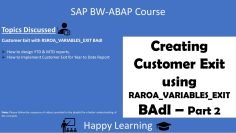This video discusses how to create an OData service from SAP to expose data. The video is divided into two parts, with the first part covering the creation of the service and the second part discussing how to read the data from the service.
Here are the key points from the video:
- Recap of Previous Video: The presenter starts by recapping the previous video, where an OData project was created to expose employee data from SAP to the outer world. This project included the creation of an entity type and an entity set.
- Introduction to Model Provider Class (MPC) and Data Provider Class (DPC): The presenter introduces the concept of the Model Provider Class (MPC) and Data Provider Class (DPC), as well as their extensions (MPC_EXT and DPC_EXT). These classes are generated when an OData project is created and contain important methods for accessing and manipulating data.
- Importance of Writing Custom Code in Extension Classes: The presenter emphasizes that any custom code should be written in the extension classes (MPC_EXT and DPC_EXT), not in the MPC and DPC classes. This is because the MPC and DPC classes are regenerated whenever the runtime artifacts are generated, which could erase any custom code written in these classes.
- Accessing Data Using the OData Service: The presenter demonstrates how to access data using the OData service. He shows how to access the metadata of the service and how to access the data of the employee set. He also explains how to handle errors when trying to access data.
- Detailed Explanation of Methods in MPC and DPC Classes: The presenter goes into detail about the methods in the MPC and DPC classes. He explains the purpose of each method and how they are used in the OData service.
- Implementing the “Get Entity Set” Method: The presenter shows how to implement the “get entity set” method in the DPC_EXT class to read data from the database. He demonstrates how to write the code, how to debug it, and how to handle errors.
- Accessing a Single Entity from the Entity Set: The presenter ends the video by showing how to access a single entity from the entity set and how to handle the error when the “get entity” method is not implemented.





